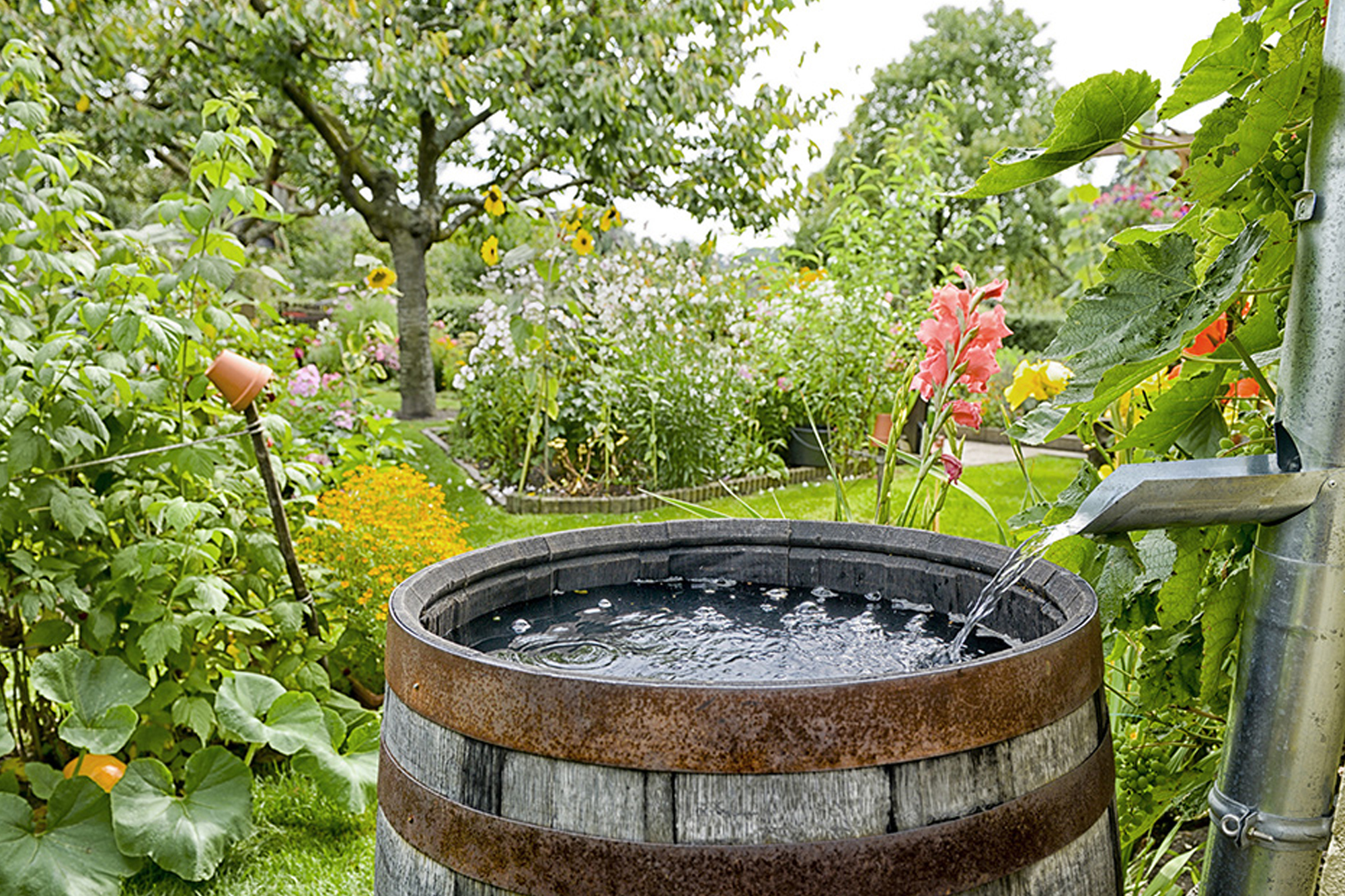
Rainwater harvesting How long can India afford to ignore it?
Thiruvananthapuram: The Kerala government has amended the building rules by excluding the condition which made rainwater harvesting system mandatory for small houses.
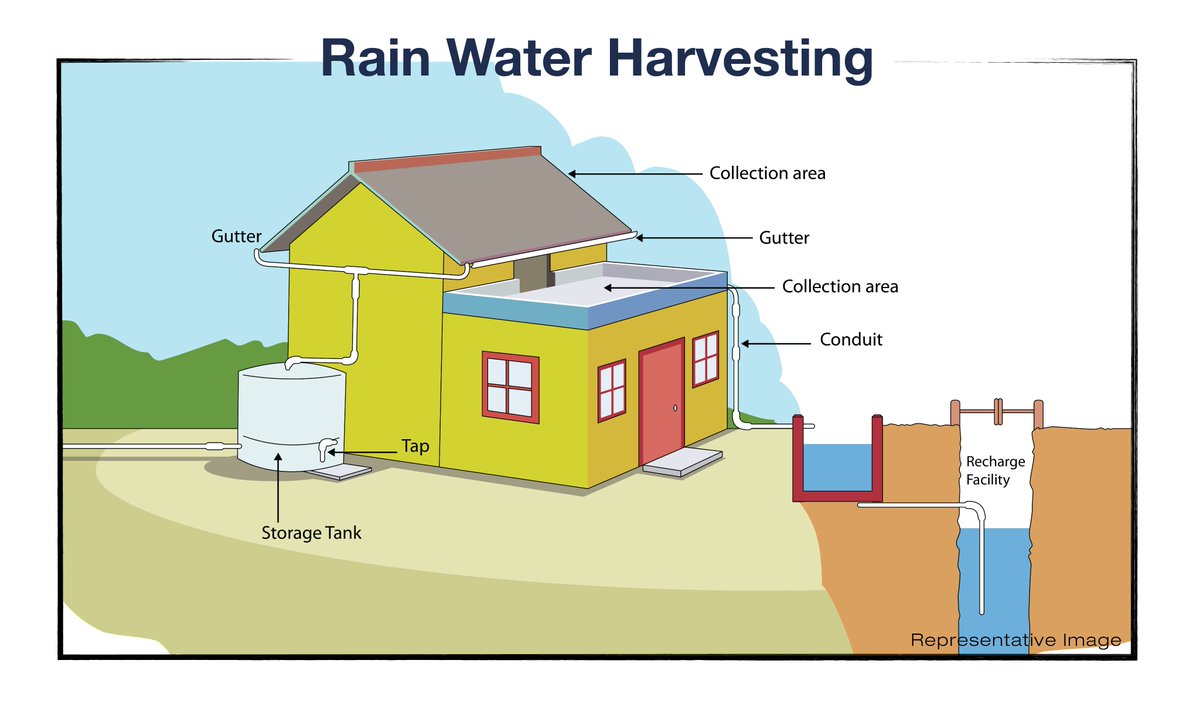
8 Important Rainwater Harvesting Components With Their Uses
There are several methods that have been traditionally employed in Kerala for water harvesting: Rooftop rainwater collection using clay pots. Surface runoff collection in small reservoirs. Construction of check dams across small streams. Digging pits at regular intervals along hillsides to store rainwater.
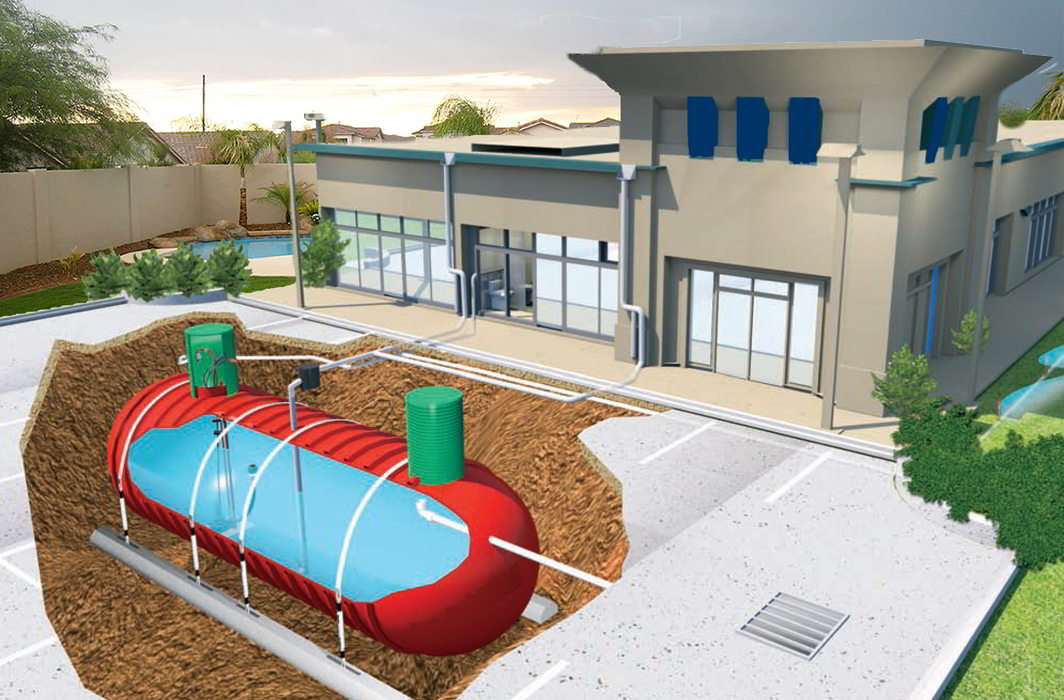
Water Management India's Leading Home Automation company
Rooftops That Recharge 4.5 Lakh Wells: How Kerala's Thrissur Solved Its Water Scarcity! Awarded the Danish Water Air Food Award 2018 for offering an effective sustainable solution, Thrissur's 'Mazhapolima' initiative could teach cities like Bengaluru and Chennai a thing or two about protecting their groundwater.
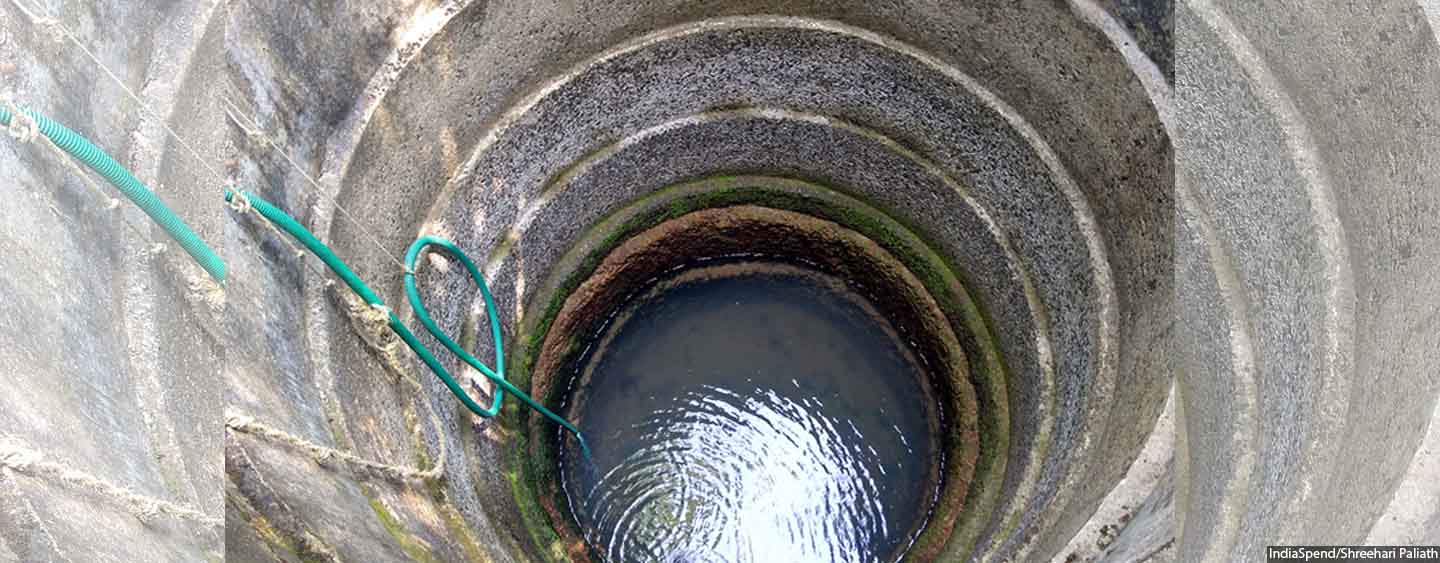
Harvesting The Rain How One Kerala District Is Solving Its Water Problem
JB Group headed by Bijomon provides best RWH consultation in Kerala. Get expert advice on the design and implementation of your rainwater harvesting system.
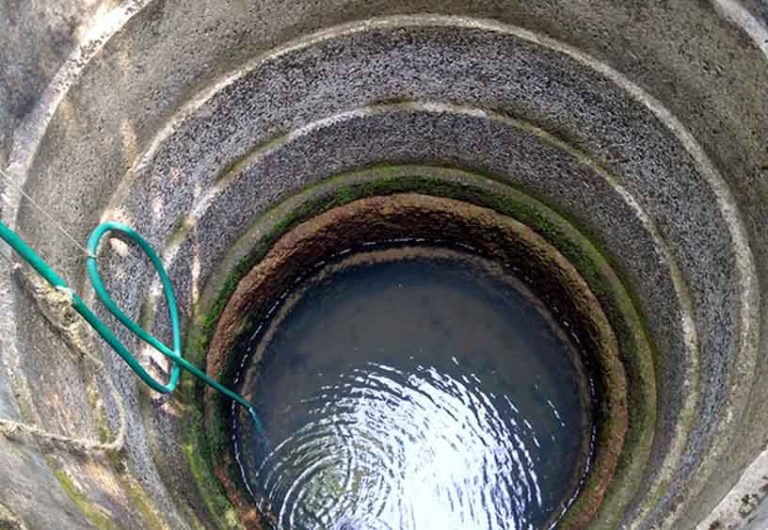
Harvesting The Rain How One Kerala District Is Solving Its Water Problem
Madakas are one of the fast disappearing traditional rainwater harvesting structures found in the laterite belts of Karnataka and Kerala. They are naturally occuring depressions with high terrain on the three sides where water from the surrounding laterite slopes, mainly runoff from the rains, is accumulated. These have been traditionally used.

Kerala falls behind in rainwater harvesting Kochi News Times of India
It is estimated that more than 90 per cent of the rainwater in Kerala is flowing into the sea within a day or two. Kerala has surplus water during the monsoon months but shortage of water during rest of the year. For the entire state, impounding the rainfall for 44 days would be enough to supply 250 lpcd to every person in Kerala for an entire.
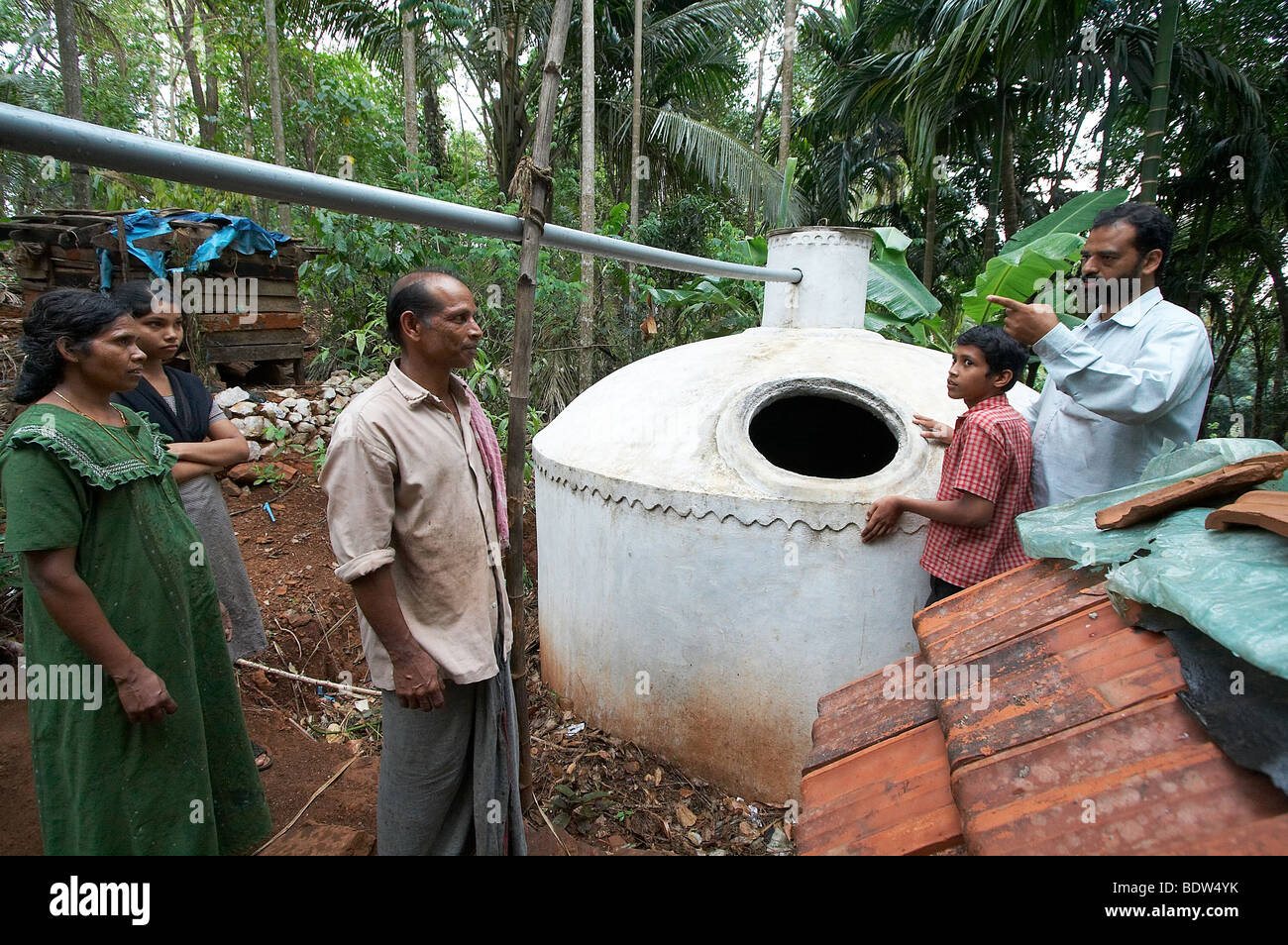
INDIA Rainwater harvesting project in villages of Kozhikode District, Thamarassery Stock Photo
This despite the state government giving top priority for rain water harvesting and well recharging..Rain water harvesting in Kerala. monsoon in Kerala. water scarcity. well recharging in Kerala. summer. Mazhapolima. Palathulli

Farm pond for rainwater harvesting in Telengana, India. Download Scientific Diagram
Mazhapolima is an open well recharge programme based on rainwater harvesting in Kerala. Facts and figures indicate that Mazhapolima was initiated in 2009 by the Thrissur district administration in collaboration with Panchayati Raj institutions to ensure water security to households. In the first 3.5 years, around 8500 open wells were recharged.

Harvesting Rainwater For Garden Use Rainwater Collection Ponds And Water Features
Rainwater is collected from a roof-like surface and redirected to a tank, cistern, deep pit (well, shaft, or borehole), aquifer, or a reservoir with percolation, so that it seeps down and restores the ground water. Dew and fog can also be collected with nets or other tools. Rainwater harvesting differs from storm water harvesting as the runoff.

Rain Water Harvesting Service, Kerala, Metcalf Water Engineering ID 21182134962
The rules governing rain water harvesting in Kerala emphasize the need for appropriate design, construction, and maintenance of rainwater harvesting systems. The state government encourages individuals, households, schools, offices, hospitals and other institutions to implement rainwater harvesting techniques through incentives such as.

Rainwater Harvesting The Companion
There are good opportunities for Rainwater harvesting in Kerala because Kerala is located in a geographical area with two rainy seasons. Kerala faces severe water scarcity between February and mid May every year. During summer, there are drinking water shortages. During this period drinking water and other water purposes become unavailable.
Kerala Building Rules Rainwater Harvesting
In urban homes, an effective utilization of a system of slabs and grills will allow absorption of rainwater. This system will also avoid puddling up of water. This technique mainly requires one or two slabs and a few pipes. Usually, pipes which are about eight inches wide and one foot tall are used.

A temple pond, traditional water harvesting structure in Kerala
rain water harvesting. To harvest the rain water three roof rain water tanks with a total capacity of 75 000 litres has been established at ILDM in the yester years. The surface run off has been controlled by rain water pits which can hold more than 50 000 litres of water.

Rainwaterharvesting Latest Articles, Videos & Photos of Rainwaterharvesting Telegraph India
Rainwater harvesting is the collecting and storing of rainwater that can be used for a variety of purposes such as drinking, irrigation, and even laundry. Rooftop rainwater harvesting can be an effective and sustainable method to conserve water and reduce water bills. The benefits of rooftop rainwater harvesting are plentiful.

Applied Science Blog University of Sri Jayewardenepura, Sri Lanka Water Pinterest
We help to recharge water by effectively preserving it. A minor step can create ripple, kelachandra implements the best rainwater harvesting project and provides higher standard pipes, tanks etc at a comparatively lower price. Kelachandra operates in Trivandrum, Alappuzha, Kottayam and pathanamthitta giving high ecology and decent rain water.

Rainwater Harvesting as Government’s Public Policy Decision Legal News / Law News & Articles
A typical rainwater collection system consists of the following: A collection area (usually the roof) A method of conveying the water (gutters, downspouts, and piping) A filtering device usually sand filter. A storage tank or cistern. A system to distribute the water as needed. Provided the rainwater is for non-drinking water purposes.